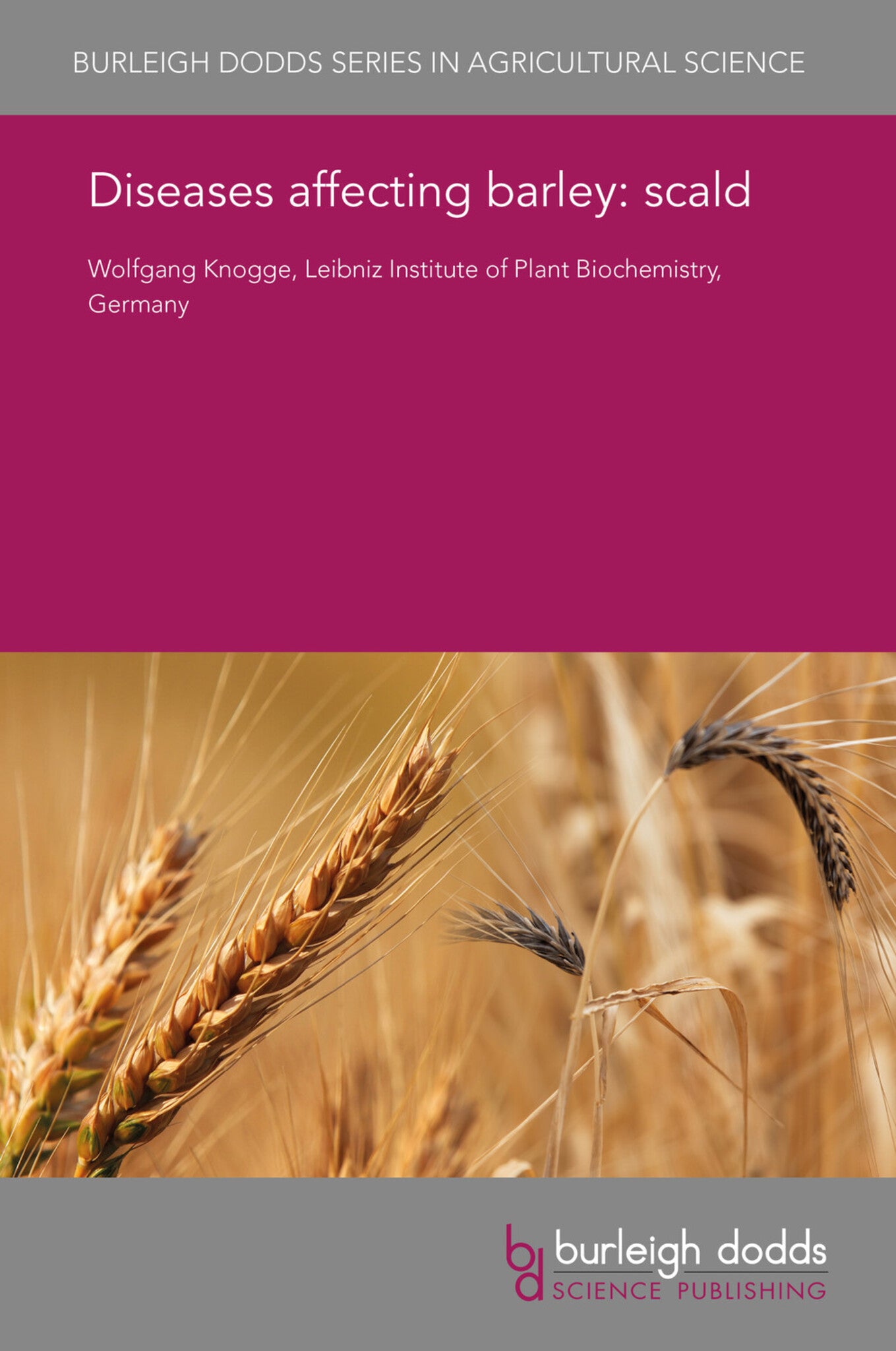We're sorry. An error has occurred
Please cancel or retry.
Diseases affecting barley: scald

Some error occured while loading the Quick View. Please close the Quick View and try reloading the page.
Couldn't load pickup availability
- Format:
-
11 February 2018


TECHNOLOGY & ENGINEERING / Agriculture / Sustainable Agriculture, Pest control / plant diseases, TECHNOLOGY & ENGINEERING / Agriculture / Agronomy / Crop Science, TECHNOLOGY & ENGINEERING / Pest Control, Sustainable agriculture, Agronomy and crop production

1 Introduction 2 History, origins and general characteristics of scald 3 Haplotypes, virulence variation and recombination 4 Resistance genetics and mechanisms 5 Host specificity, effector proteins and agricultural consequences of fungal biology 6 Crop protection and management 7 Conclusion 8 Where to look for further information 9 References



